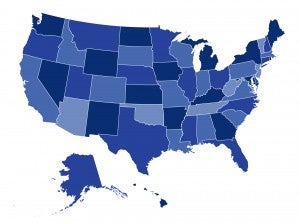Major State Medical Association Warns Consumers about Health Care Sharing Ministries

The Texas Medical Association recently issued a warning to consumers about the risks of health care sharing ministries, noting an increase in calls about these coverage arrangements. Recent CHIR research documents the increased marketing of this coverage to insurance brokers and consumers, as well as the lack of state-level insurance oversight.


